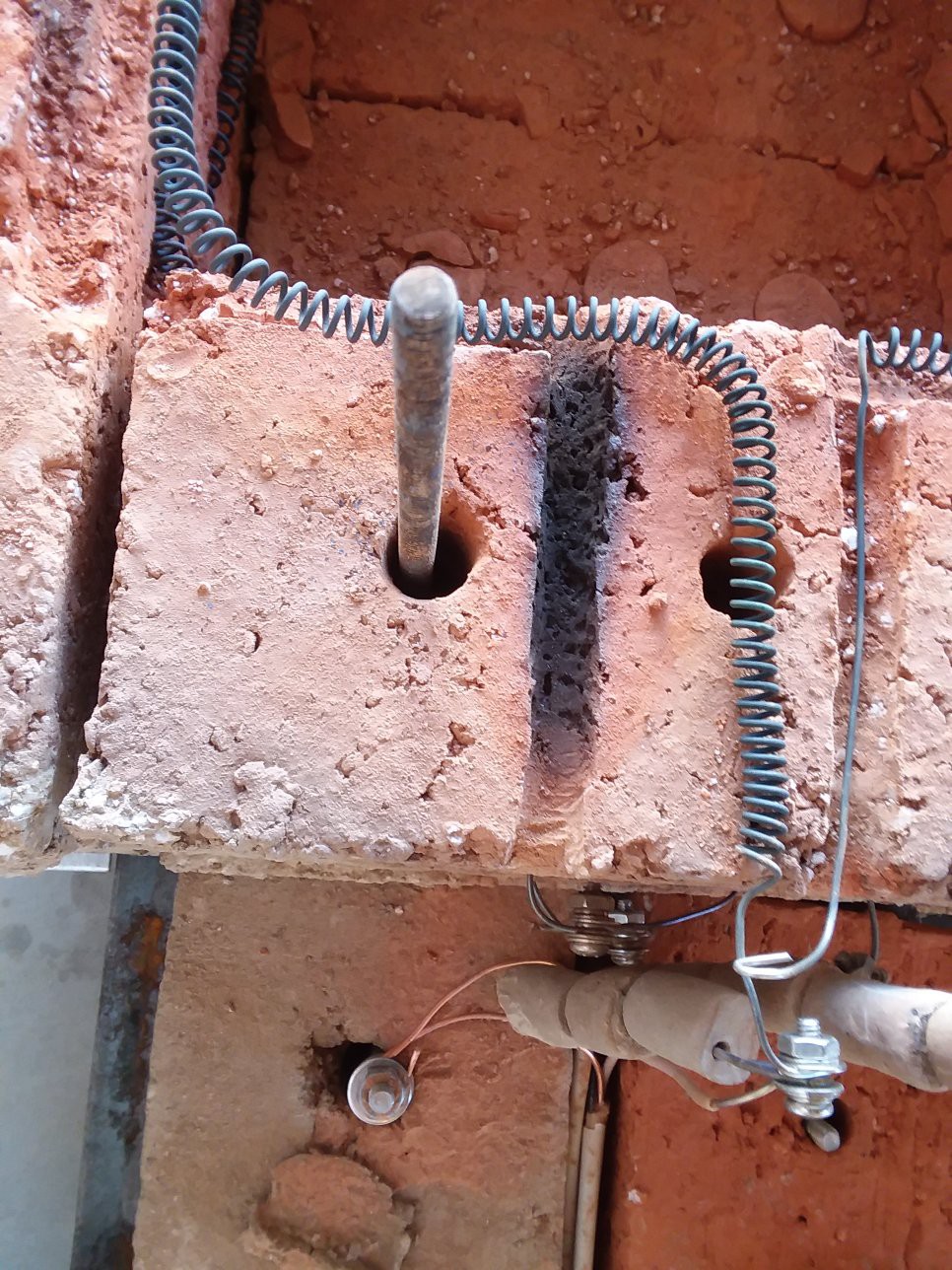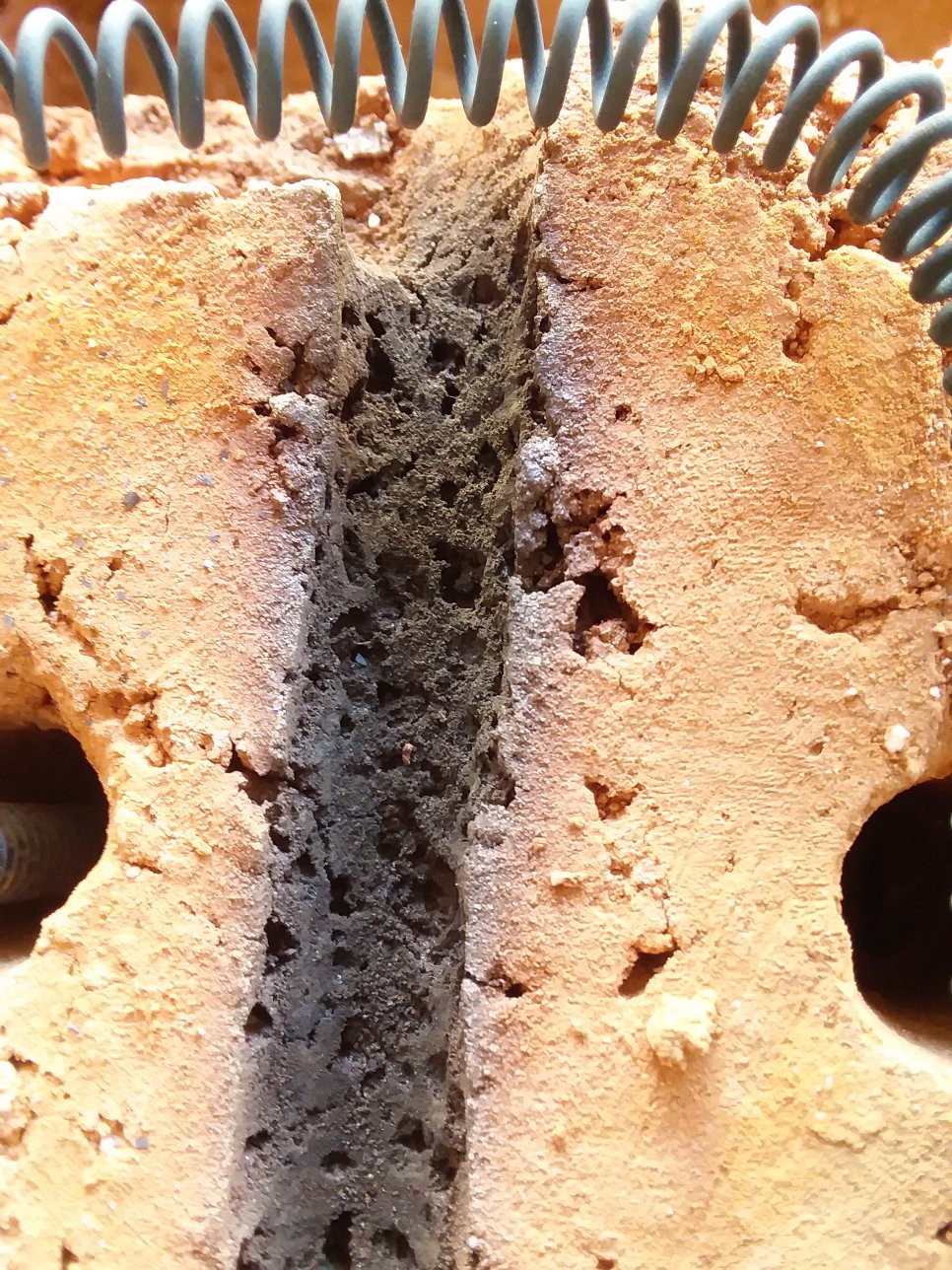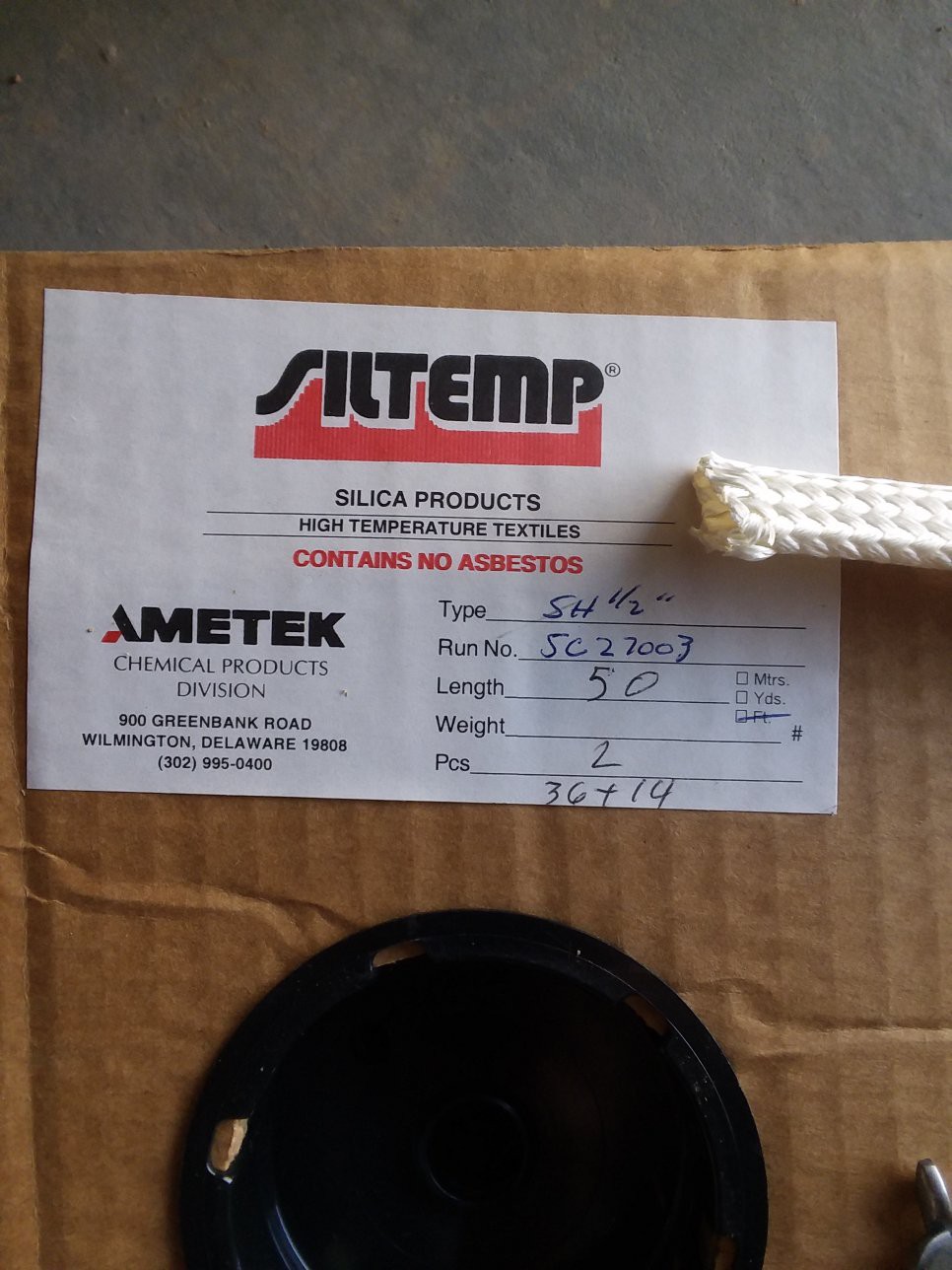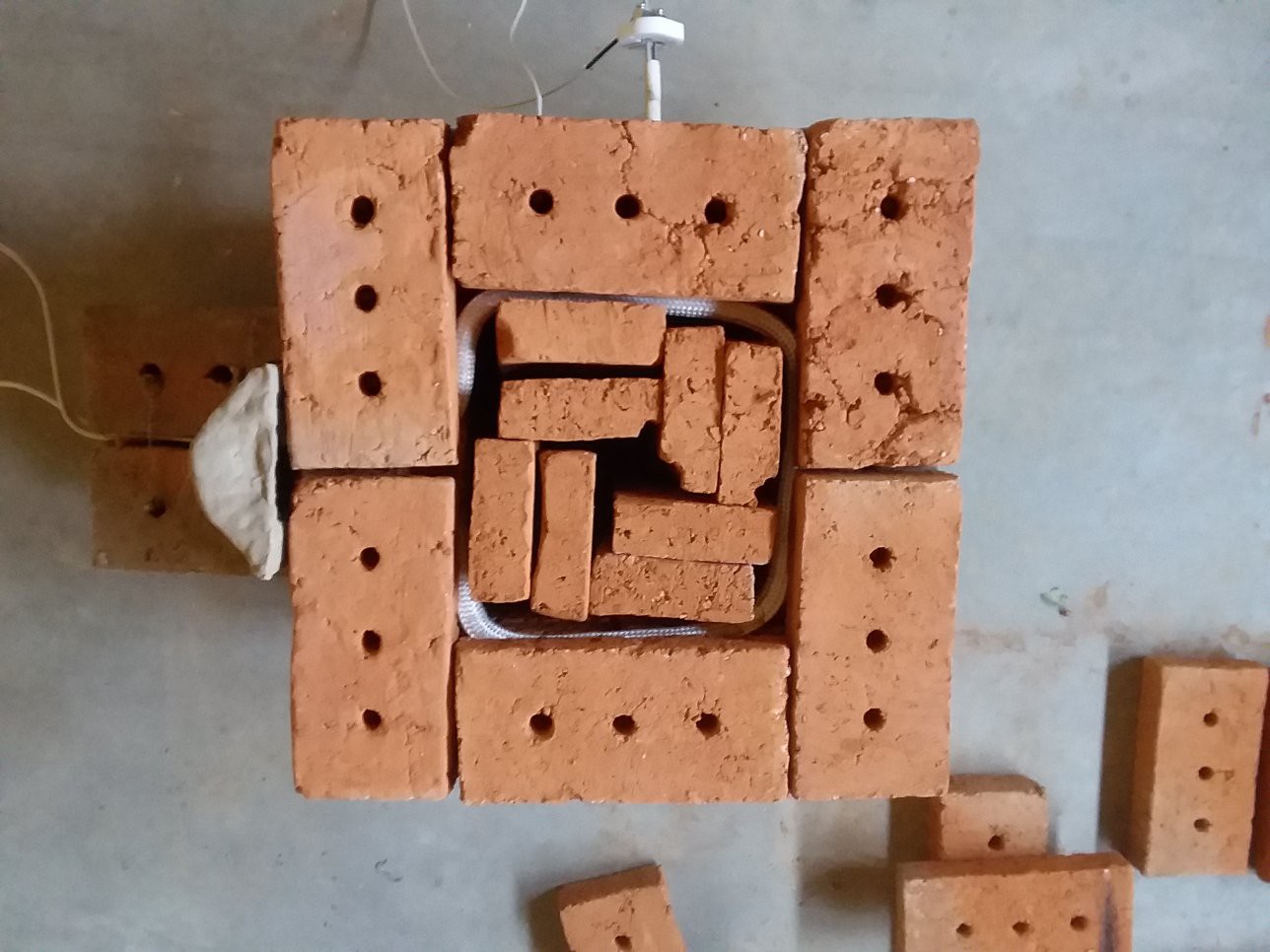Back in August 2017, when this project was mentioned in the Hackaday Blog, Hackaday reader [S] commented "Now he just need to check these bricks for low Fe2O3 and high Al2O3..." And reader [Dan] responded "[S] is correct the iron acts like a flux..."
[S] provided a link to a catalog with information on resistance heating alloys manufactured by Kanthal. In the section on Ceramic Support Material in the Kanthal catalog, it is mentioned that "Iron oxide (Fe2O3) content must be as small as possible, preferably below 1%".
This presents a potential problem for my kiln, since the deep red color of the bricks indicates a high Fe2O3 content. I do not know what the exact (or even approximate) iron content is, but it is a safe bet that it is quite a bit higher than 1%. I am also not sure at what temperature the iron content becomes a problem, but there is an interesting anecdote related to this in an internet posting called Lessons from a Kiln Repairman Down Under by Dave Coggins, in which the author built his own kiln heating element support plates using an iron-containing high temperature castable cement. According to the author, the support plates became electrically conductive at around 1100 degrees C (2012 degrees F) due to the iron content of the cement, and this caused short-circuiting and thermal runaway that resulted in a dramatic failure of the kiln. I don't know if this is the sort of failure that [S] and [Dan] had in mind, but [Dave Coggins] indicated that his iron-containing heater element supports worked OK below 2000 degrees F.
A separate issue from the "iron flux" one is that the natural clay bricks are experiencing heat damage in certain parts. This can be seen in the pictures below showing a section of grooved brick where a full heater coil passes through. Because the full coil is surrounded by brick here, the temperature gets much higher than that of the rest of the kiln.



It is interesting to see that it is almost like the Perlite has been boiled out of the brick... The temperature in this groove is much higher than it should be, so I should probably modify the heater element so it is just a straight wire instead of a full coil.
In an attempt to avoid further heat damage and also to isolate the coils from the bricks to avoid potential problems with iron, I tried installing a heater element is a flexible sleeve made of woven fused silica. I got a big roll of this stuff off ebay for $25 or so.

After much fussing around, I got one of the heater coils threaded through a piece of the woven tube. NOTE: I WORE RUBBER GLOVES AND A RESPIRATOR WHILE I DID THIS. The respirator might have been overkill but the material safety data sheet did say that handling the tubing could irritate the skin.
The final picture below shows the situation AFTER FIRING. Everything worked great - it was pretty cool to see the woven tube heat up to glowing orange - and afterward the tube and everything was intact and fine. Except... the tubing SHRANK! This pulled the heater coils somewhat into the interior of the kiln.
I probably could have pre-shrunk some additional lengths of tubing and re-routed the heater, and then gone and done the same for the other three heaters. But at this point I decided that was really more of a hassle than perhaps just replacing a heater element every now and then. The target temperature of the kiln, at 1800 F (1000 C), isn't even that hot by kiln standards. And according to several sources, replacing heating elements in kilns is a fact of life: source 1, source 2, although there are things that can be done to extend the lifetime of the heating elements (keep them clean, fire them first on an empty kiln, vent harmful gases, keep elements properly supported).
The plan for now is to go back to using naked elements, keep them as clean as possible, and don't run the kiln over 1800 F. The last one is easy since I haven't even got the kiln up to that temperature yet!

 Matt Moses
Matt Moses
Discussions
Become a Hackaday.io Member
Create an account to leave a comment. Already have an account? Log In.